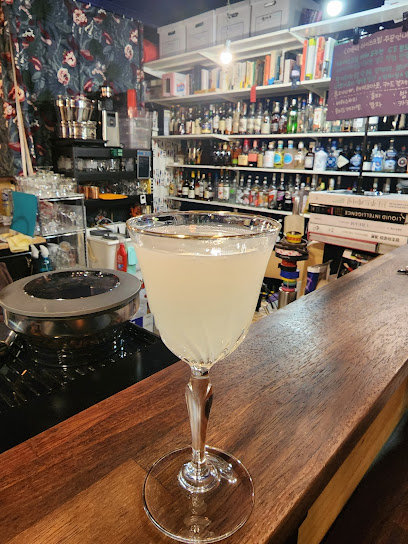
Discover the Charm of Jeonju Hanok Village
Explore Jeonju Hanok Village, where traditional Korean culture meets exquisite cuisine in a picturesque setting.
Jeonju Hanok Village is a picturesque destination that offers a glimpse into Korea's rich heritage, featuring traditional hanok houses, vibrant culture, and delicious local cuisine. Visitors can explore serene alleys, taste famous bibimbap, and immerse themselves in the arts, making it a must-visit for every traveler.
A brief summary to 한옥마을 거리
- 69 Pungnam-dong 1(il)-ga, Jeonju-si, Wansan-gu, Jeollabuk-do, 560-031, KR
Local tips
- Visit early in the morning to enjoy a quieter experience and capture the beauty of the hanoks without the crowds.
- Don't miss the chance to try the local bibimbap at one of the many traditional restaurants in the village.
- Consider renting a hanbok for an immersive cultural experience and stunning photos against the backdrop of the village.
- Check the local event calendar for seasonal festivals and cultural performances that can enhance your visit.
Getting There
-
Walking
If you are already in Jeonju Hanok Village, 한옥마을 거리 is easily accessible on foot. Start at the main entrance of Jeonju Hanok Village, which is located near the Jeonju Hanok Village Information Center. From there, head straight down the main road (Hanok Maeul-gil) for about 500 meters. You will pass several traditional hanok houses and small shops on your way. Continue until you reach the intersection with Pungnam-dong 1(il)-ga. Turn left onto Pungnam-dong 1(il)-ga, and after a short walk of about 100 meters, you will see 한옥마을 거리 on your right. This area is known for its vibrant atmosphere and traditional architecture.
-
Bicycle
If you prefer cycling, you can rent a bicycle from one of the rental shops in Jeonju Hanok Village. After renting your bicycle, ride down Hanok Maeul-gil for about 500 meters. Turn left onto Pungnam-dong 1(il)-ga and continue for another 100 meters. 한옥마을 거리 will be on your right. Make sure to wear a helmet and follow local cycling rules for a safe experience.
-
Public Transport (if far from Jeonju Hanok Village)
If you are coming from a more distant location in Jeonju, you can take local public transport to reach Jeonju Hanok Village. Look for local buses marked with 'Hanok Village' (bus numbers 11, 111, or 200). The fare is approximately 1,200 KRW. Once you arrive at the Hanok Village stop, follow the walking directions provided above to reach 한옥마을 거리.
Discover more about 한옥마을 거리
Iconic landmarks you can’t miss
한옥마을전망대
0.2 km
Discover breathtaking views and a serene atmosphere at Jeonju's Observation Deck, a perfect escape for tourists seeking beauty and tranquility.
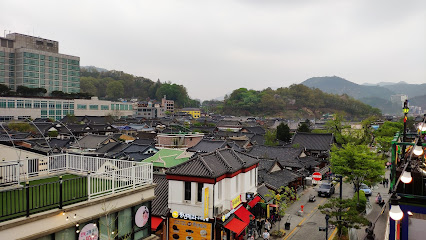
전주한옥마을 관광안내소
0.3 km
Explore Jeonju's rich culture and history at the Tourist Information Center, your gateway to unforgettable experiences in South Korea's charming city.
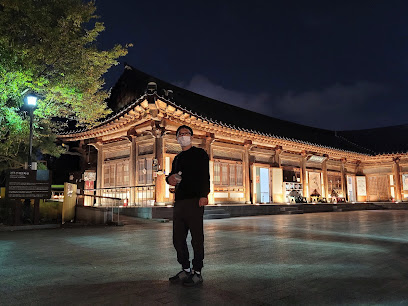
Korea Traditional Culture Center
0.3 km
Uncover the essence of Korean tradition at the Korea Traditional Culture Center in Jeonju-si, a must-visit for cultural enthusiasts.
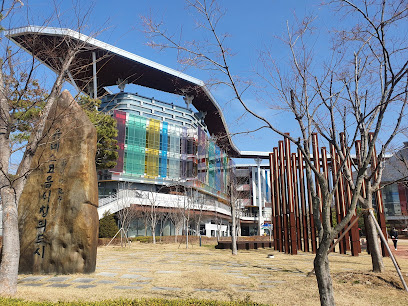
Fan Culture Center
0.4 km
Explore the artistry and history of Korean fans at the Fan Culture Center in Jeonju, a cultural gem showcasing the elegance of traditional craftsmanship.
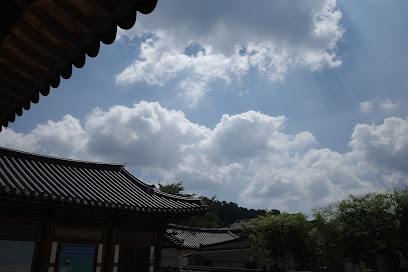
조선난장
0.4 km
Explore the cultural heritage of Korea at Jeonju Hanok Village Museum, a must-visit destination for history and architecture enthusiasts.
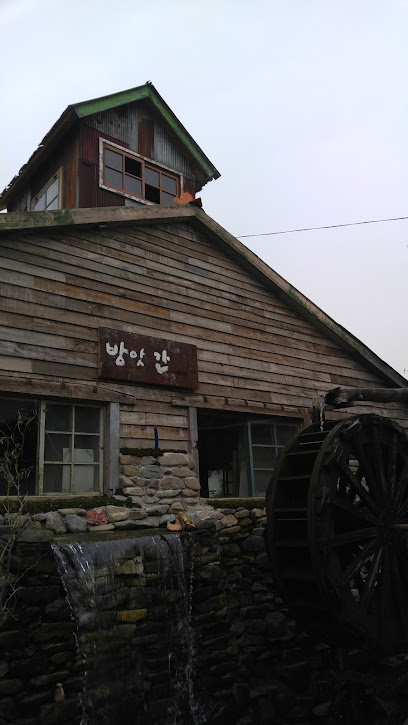
Jegigo
0.4 km
Explore Jegigo, a historical landmark in Jeonju-si, Jeollabuk-do, where the rich cultural heritage meets stunning architecture.
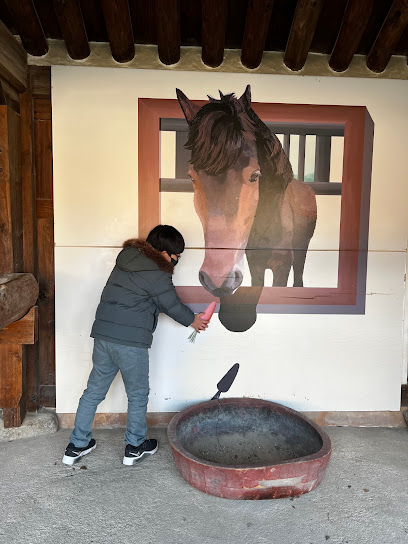
예종대왕태실및비
0.4 km
Discover the charm of Jeonju Hanok Village, where traditional Korean architecture meets vibrant culture and delicious cuisine in the heart of South Korea.
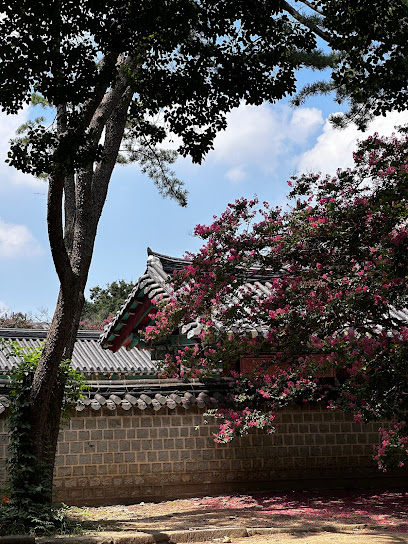
Jeonmang | Cafe & Guesthouse
0.4 km
Experience the perfect blend of comfort and flavor at Jeonmang Cafe & Guesthouse in Jeonju, where every sip and stay tells a story.
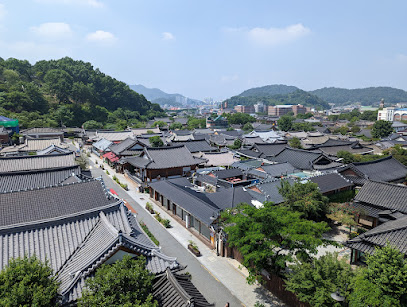
전주가맥길 Jeonju Beer Street
0.5 km
Discover the lively atmosphere of Jeonju Beer Street, where local brews and delicious street food create an unforgettable nightlife experience in South Korea.

Gyodong Tea Garden
0.5 km
Experience tranquility and authentic Korean tea culture at Gyodong Tea Garden in Jeonju, a must-visit for every traveler seeking peace and relaxation.
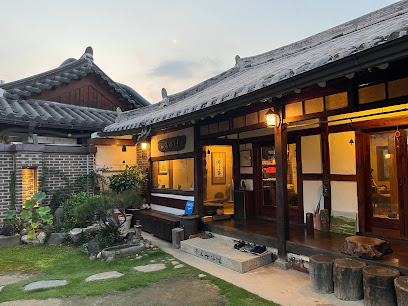
Jeollabuk-do Monument No.16
0.6 km
Explore the historic charm of Jeollabuk-do Monument No.16, a serene landmark that showcases Korea's rich cultural heritage in Jeonju.
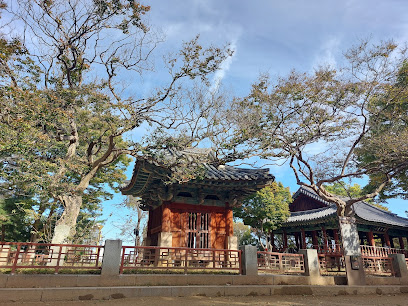
노송광장
0.6 km
Experience the beauty and tranquility of Namsan Park in Jeonju, a perfect urban escape for nature lovers and cultural enthusiasts alike.
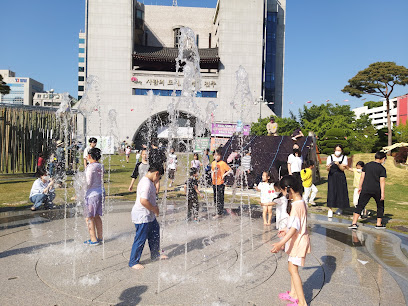
전주 영화의거리
0.6 km
Discover the charm of traditional Korea at Jeonju Hanok Village, a beautiful blend of history, culture, and culinary delights.
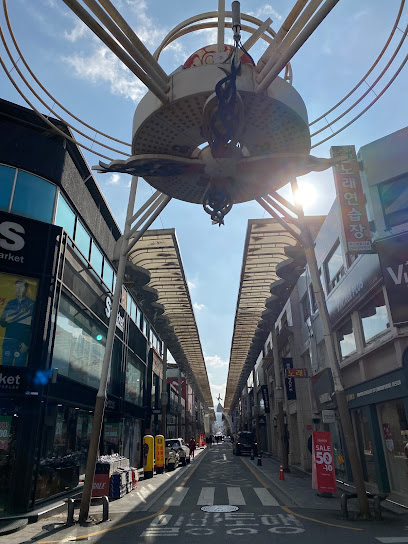
Daeseongjeon
0.9 km
Discover the architectural beauty and cultural significance of Daeseongjeon, a historical landmark that captures the essence of Jeonju's rich heritage.
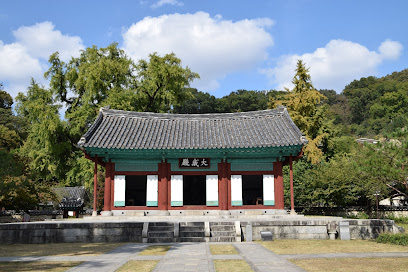
Unmissable attractions to see
Jeonju Hanok Village
0.2 km
Explore Jeonju Hanok Village: A cultural gem where traditional Korean architecture, exquisite cuisine, and rich heritage come together.
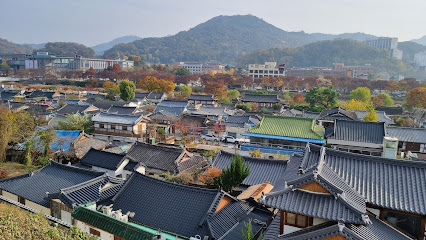
Jeonju Nanjang
0.2 km
Explore Jeonju Nanjang, a cultural theme park merging entertainment with the rich heritage of Jeonju, South Korea for an unforgettable experience.
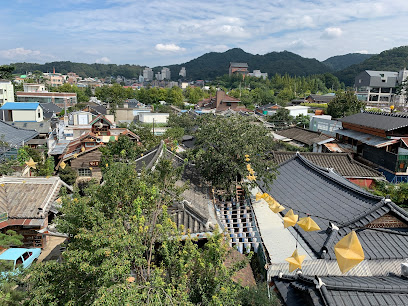
Royal Portrait Museum
0.3 km
Explore the Royal Portrait Museum in Jeonju to witness Korea's regal past through stunning royal portraits and rich historical narratives.

Jeonju Korean Liquor Museum
0.3 km
Explore Jeonju's rich heritage at the Korean Liquor Museum, where tradition meets taste in an immersive cultural experience.
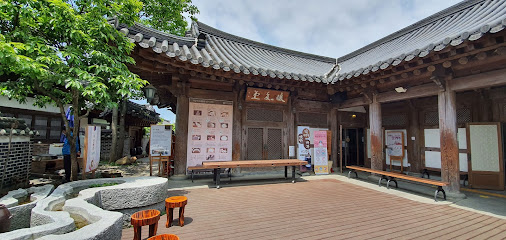
Gyeonggijeon Shrine
0.4 km
Explore Gyeonggijeon Shrine, a historical landmark in Jeonju, and immerse yourself in Korea's rich royal heritage.
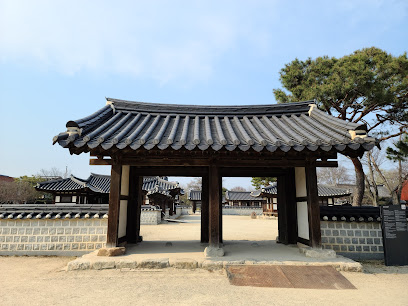
Jeonju Hanok Village History Museum
0.4 km
Explore Jeonju Hanok Village History Museum, where Korea's rich heritage comes alive through engaging exhibits and beautiful traditional architecture.
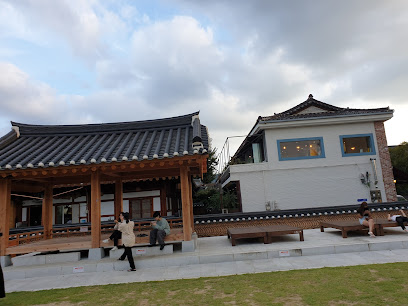
조선난장
0.4 km
Discover Jeonju Hanok Village, a beautiful traditional area filled with history, culture, and delicious Korean cuisine, perfect for every traveler.
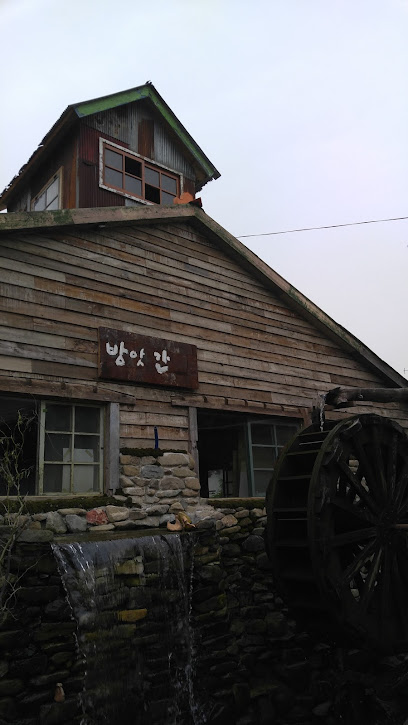
Jeonju Pungpaejigwan
0.4 km
Experience the rich history and stunning architecture at Jeonju Pungpaejigwan, a must-see historical landmark in Jeonju, South Korea.
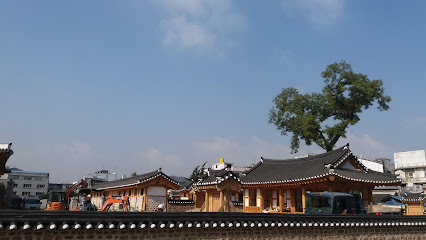
Jeolla Gamyoung
0.5 km
Experience the timeless beauty and rich history of Jeolla Gamyoung, a must-visit landmark in Jeonju-si, Jeollabuk-do, South Korea.
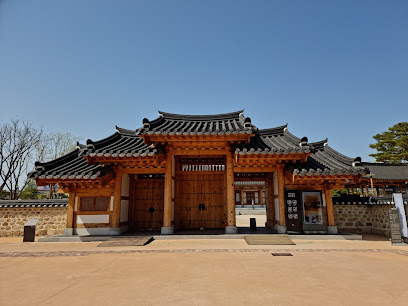
Pungnammun Square
0.5 km
Discover the beauty and cultural richness of Pungnammun Square in Jeonju, a serene park blending history with nature for an unforgettable experience.
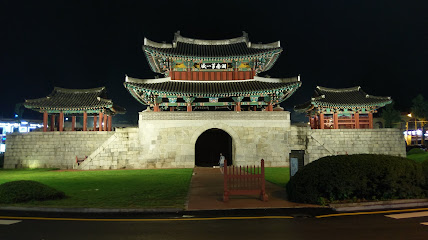
Jeondong Cathedral
0.6 km
Discover the stunning Gothic beauty of Jeondong Cathedral, a must-visit landmark in Jeonju, South Korea, blending spirituality with rich cultural history.
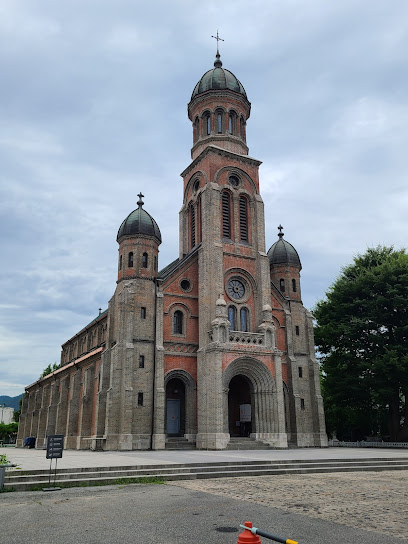
Omokdae
0.6 km
Discover the rich history and breathtaking views at Omokdae, a must-visit landmark in Jeonju-si, Korea.

Pungnammun Gate
0.6 km
Discover the historical beauty of Pungnammun Gate in Jeonju, a stunning landmark that showcases Korea's rich architectural heritage.

전주 영화의거리
0.6 km
Discover Jeonju Film Street, a vibrant hub celebrating Korean cinema with art, cafes, and unique shops in a picturesque setting.
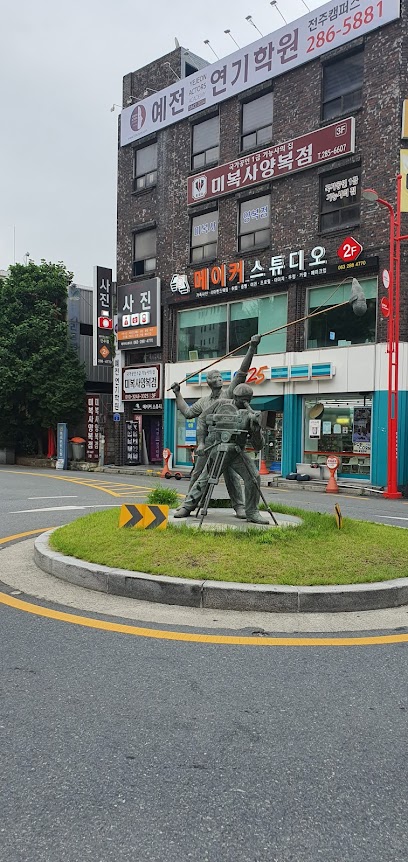
Imogdae
0.7 km
Explore Imogdae in Jeonju, a historical site offering breathtaking views of Hanok Village and a glimpse into Korea's rich cultural heritage.
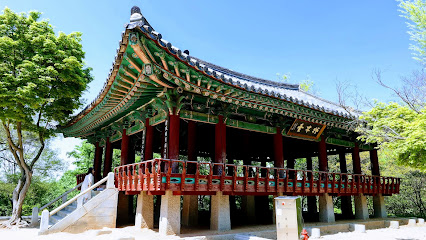
Essential places to dine
Jeonju Waengi Kongnamul-gukbap
0.1 km
Experience authentic Korean cuisine at Jeonju Waengi Kongnamul-gukbap - home of delicious kongnamul soup and local flavors.
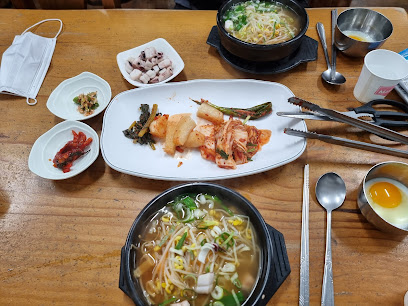
PNB 한옥마을3호점
0.2 km
Experience the rich flavors of traditional Korean cuisine in an enchanting Hanok setting at PNB 한옥마을3호점.

Haeyuldam
0.3 km
Discover Haeyuldam in Jeonju-si - where exceptional barbecue meets vibrant dining culture.
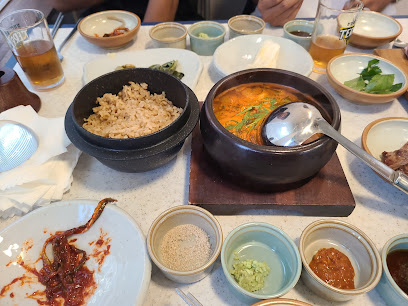
Kkochdamjib
0.3 km
Experience the rich flavors of traditional Korean cuisine at Kkochdamjib in Jeonju - where every meal is a cultural journey.
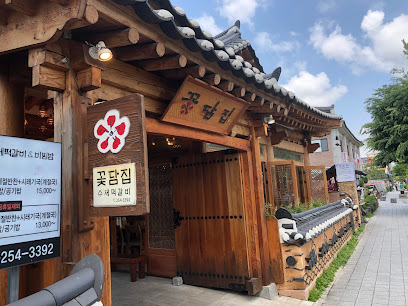
Yangbanga
0.3 km
Discover authentic Korean traditional full course meals at Yangbanga in Jeonju - A culinary journey through Korea's rich flavors.
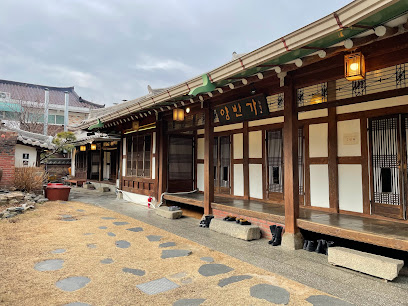
Hangugjib
0.3 km
Discover the authentic taste of Korea at Hangugjib in Jeonju - where tradition meets flavor in every dish.

Nadeulbul
0.3 km
Experience authentic Korean flavors at Nadeulbul in Jeonju – where tradition meets taste in every delightful dish.
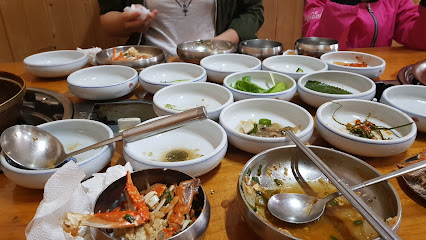
Jeondong Ddeokgalbi
0.3 km
Experience authentic Korean cuisine at Jeondong Ddeokgalbi in Jeonju—home of delicious ddeokgalbi and rich culinary traditions.
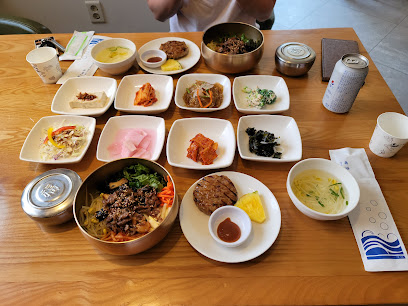
Giwa
0.3 km
Experience authentic Korean flavors at Giwa in Jeonju – where every dish tells a story.

Gyodong Tteokgalbi
0.4 km
Experience authentic tteokgalbi at Gyodong Tteokgalbi in Jeonju – a culinary delight steeped in tradition and flavor.
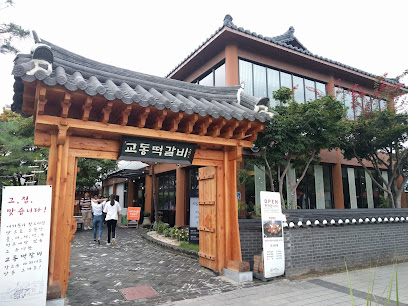
Family House(Jeonju Bibimbap)
0.4 km
Experience the authentic flavors of Korea at Family House in Jeonju—home to the famous Jeonju Bibimbap.
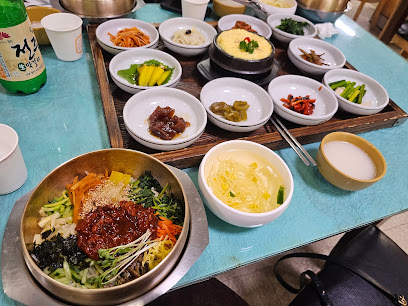
Jungang hoegwan
0.4 km
Experience authentic Korean flavors at Jungang Hoegwan in Jeonju – where tradition meets taste in every dish.
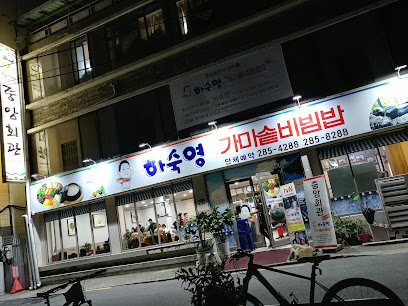
45-year-old traditional bibimbap Jongno Hall
0.4 km
Experience authentic Korean bibimbap at Traditional Bibimbap Jongno Hall in Jeonju - where tradition meets flavor.
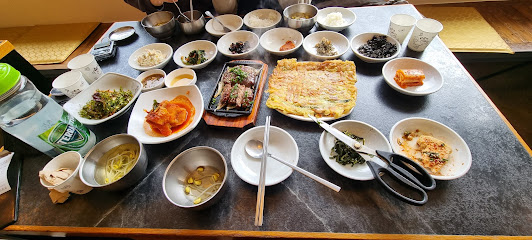
Gyodong Seokgalbi
0.4 km
Experience authentic Korean barbecue at Gyodong Seokgalbi—where tender ribs meet rich tradition in Jeonju-si.
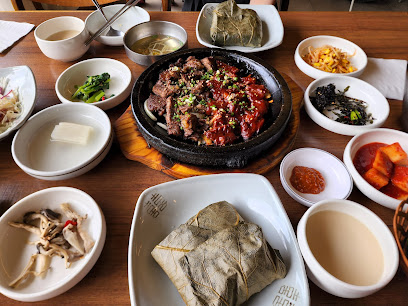
Jeonju hanok village restaurant jeonju is jeonju
0.5 km
Experience authentic Korean cuisine in a historic setting at Jeonju Hanok Village – a culinary gem in South Korea.
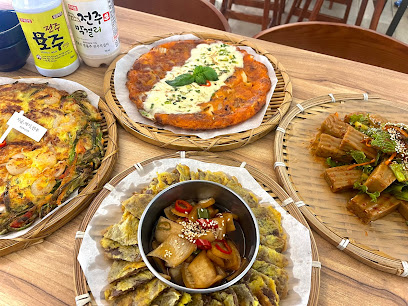
Markets, malls and hidden boutiques
Hi Jeonju
0.1 km
Explore Hi Jeonju, a captivating gift shop filled with unique local crafts and souvenirs that embody the cultural essence of Jeonju.

Dongbu Market
0.2 km
Experience the lively atmosphere of Dongbu Market in Jeonju, where local flavors and culture come together in a vibrant shopping and dining destination.

풍년제과우리밀빵
0.2 km
Indulge in the sweet flavors of Jeonju at 풍년제과우리밀빵, a delightful dessert shop offering artisan pastries and local delights.
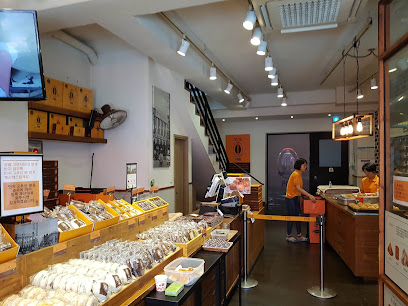
Bluestone Pottery
0.2 km
Immerse yourself in the enchanting world of pottery at Bluestone Pottery, where tradition meets contemporary artistry in Jeonju.

한옥마을바람공방
0.2 km
Experience the essence of Korean craftsmanship at Hanok Village Wind Workshop, where traditional artistry meets modern elegance in leather goods.

Artbox Jeonju Gaeksa
0.4 km
Discover the charm of Artbox Jeonju Gaeksa, where unique home goods meet contemporary Korean design in a vibrant shopping atmosphere.
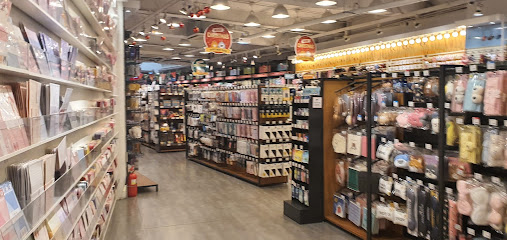
Jeonju hanok village hanbok rental HANBOKNAM
0.4 km
Discover the rich heritage of Korea at Jeonju's HANBOKNAM, where tradition meets elegance in every hanbok rental experience.
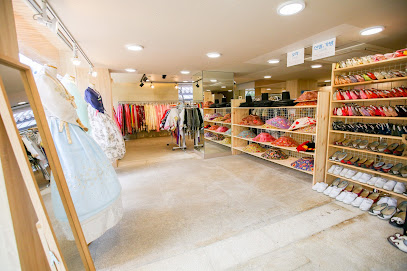
Jeonju Traditional Korean Support
0.4 km
Discover the essence of Korean heritage at Jeonju Traditional Korean Support, where art and culture meet through exquisite handmade paper.
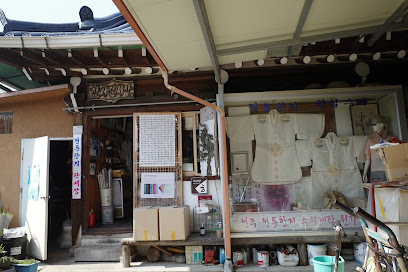
핫트랙스 전주점
0.5 km
Discover a cultural shopping haven at Hottracks Jeonju, where local artistry meets modern retail in a vibrant atmosphere.

NC웨이브 전주객사점
0.5 km
Discover NC웨이브 전주객사점: Jeonju's premier shopping destination blending fashion, food, and culture in an unforgettable experience!

Kyobo Bookshop
0.5 km
Explore Kyobo Bookshop in Jeonju: A treasure trove of books and a serene retreat for every book lover.
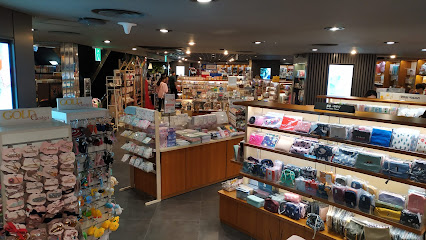
라라빈관
0.5 km
Explore the eclectic fashion offerings of 라라빈관 in Jeonju, where tradition meets modern style in a charming boutique setting.
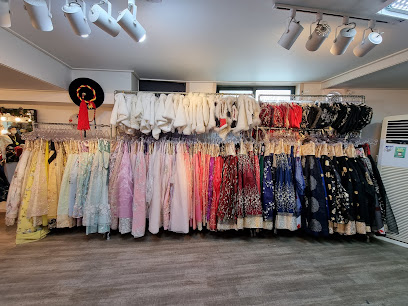
Jeonju Crafts Exhibition Hall
0.5 km
Explore the vibrant world of Korean handicrafts at Jeonju Crafts Exhibition Hall, where art and tradition come together in a unique cultural experience.

Kakao Friends
0.5 km
Explore Kakao Friends in Jeonju, a vibrant stationery store that offers a delightful range of unique merchandise featuring beloved characters.
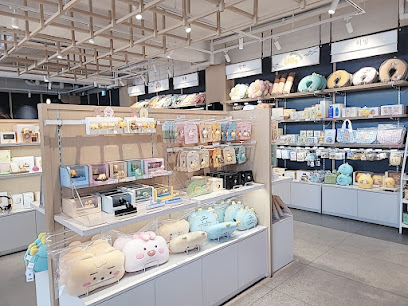
Sobok Jeonju Hanok Store
0.6 km
Discover the tranquility of Sobok Jeonju Hanok Store, a charming cafe that blends traditional Korean architecture with delicious beverages and snacks.
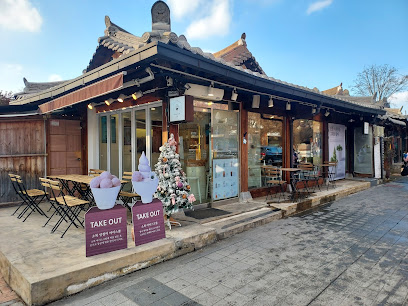
Essential bars & hidden hideouts
야간비행
0.0 km
Experience the vibrant nightlife at 야간비행, Jeonju's premier bar for expertly crafted drinks and a lively atmosphere.
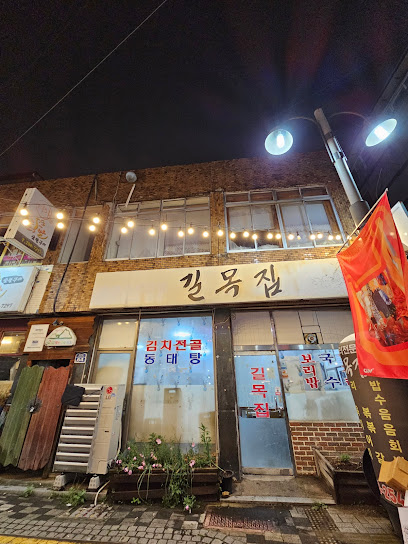
라디오스타
0.0 km
Discover the vibrant nightlife at 라디오스타, a popular bar in Jeonju, serving a delightful array of drinks and local charm.

Club The Oasis
0.1 km
Experience the electrifying nightlife at Club The Oasis in Jeonju, where vibrant music and a lively atmosphere create unforgettable nights.
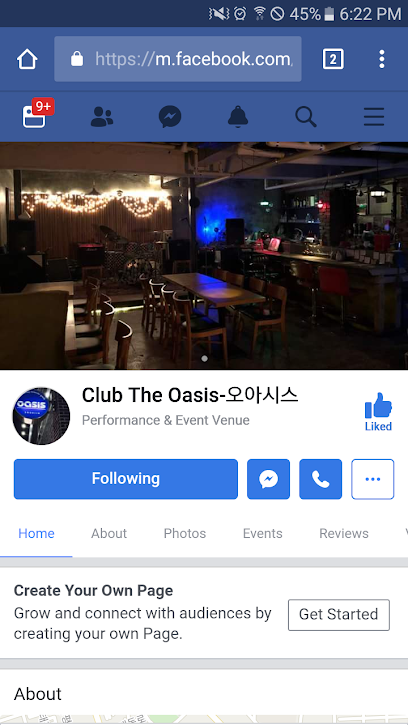
미술관2쥬크박스
0.1 km
Experience the fusion of art and nightlife at 미술관2쥬크박스, a lively pub in Jeonju-si offering a unique atmosphere and delightful drinks.
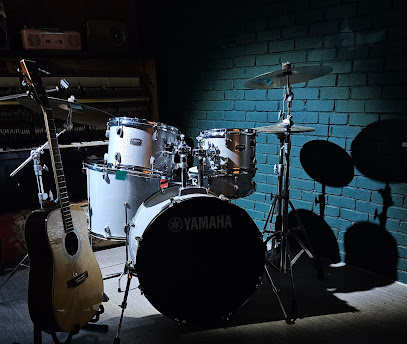
진테이블(중앙전자)
0.2 km
Discover the vibrant nightlife of Jeonju at 진테이블(중앙전자), a trendy bar offering innovative cocktails and a welcoming atmosphere.

Pub Ink
0.2 km
Experience the vibrant nightlife at Pub Ink in Jeonju, where local charm meets a diverse drink selection in a cozy atmosphere.
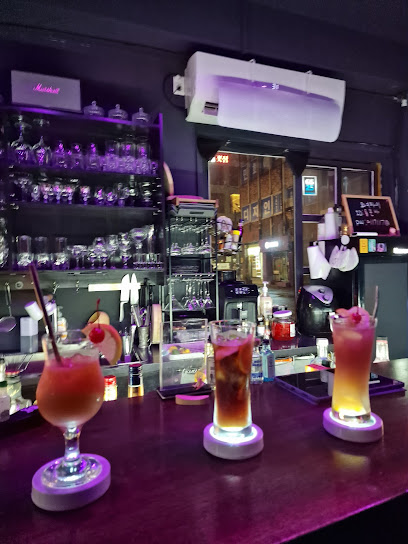
술로시티
0.3 km
Explore 술로시티, a vibrant bar in Jeonju-si, serving innovative cocktails and local brews in a lively atmosphere perfect for socializing.
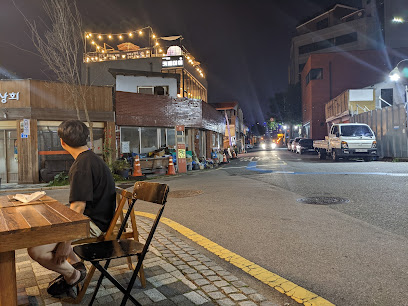
Deepin
0.5 km
Discover Deepin in Jeonju - a lively pub blending local and international flavors in a cozy atmosphere, perfect for night owls and sports fans alike.
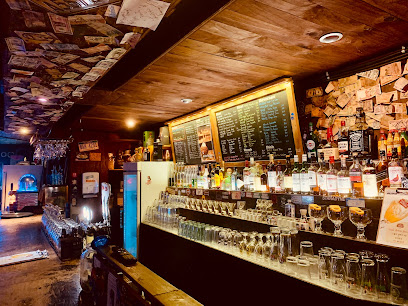
작은루페
0.6 km
Discover the cozy bar experience at 작은루페 in Jeonju, where local drinks and warm hospitality meet in a charming ambiance.

작은루페
0.6 km
Discover the charm of Jeonju's nightlife at 작은루페, where local flavors and a cozy atmosphere create an unforgettable experience.

Mystery Mansion
0.6 km
Discover the enchanting atmosphere and eclectic drinks at Mystery Mansion, a hidden bar gem in the heart of Jeonju, South Korea.
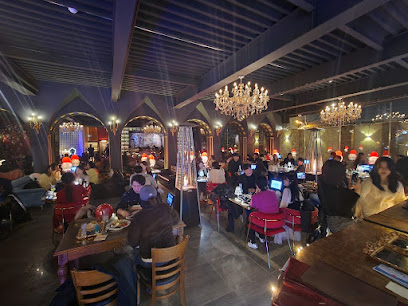
Nomadic Brewing Company
0.6 km
Experience the vibrant craft beer culture at Nomadic Brewing Company, featuring unique seasonal brews in a welcoming atmosphere.
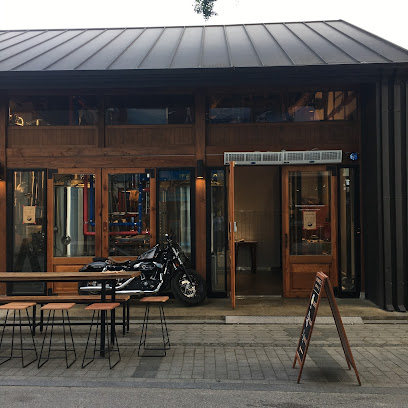
Jinju Doga
0.7 km
Experience the vibrant nightlife at Jinju Doga, a premier bar in Jeonju offering a mix of local flavors and lively entertainment.
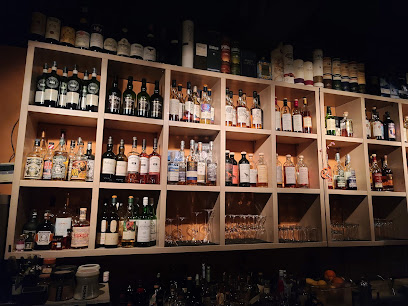
Pul
0.7 km
Discover the lively atmosphere of Pul Bar in Jeonju, where local culture meets vibrant nightlife in a cozy setting.

Bar Cold Dawn
0.7 km
Discover the vibrant atmosphere and unique cocktails at Bar Cold Dawn, Jeonju's must-visit cocktail bar for a memorable night out.
